Exploring Africa’s growing comic culture opened my eyes to bold new art and storytelling
Africa’s most exciting new storytellers share their insights.
Ten years ago, if you looked for African comics, there weren’t many big titles and the scene was fairly niche and underground. Today that has all changed.
Not only have comic publishers sprung up all over the continent, but the last decade has seen artists from those companies collaborating with the likes of Disney to produce animated series such as the Emmy-nominated Iwájú (Disney+), Kizazi Moto: Generation Fire (Disney+), and Iyanu: Child of Wonder (Cartoon Network, HBO Max). Plus, the best digital art software, like Clip Studio Paint, is more accessible than ever.
“African comics have exploded in the past five years,” says Paul Louise-Julie, creator of Yohance, an African space opera comic and soon-to-be-unveiled animated short film.
“I started doing this back in 2015. At the time, African comics weren’t really a thing. Then all of a sudden, I started noticing other creators coming up parallel to me, such as Kugali in Nigeria and Avandu in Kenya. It was really invigorating for me to see these distinctly African visions, emerging like phoenixes all across the continent.”
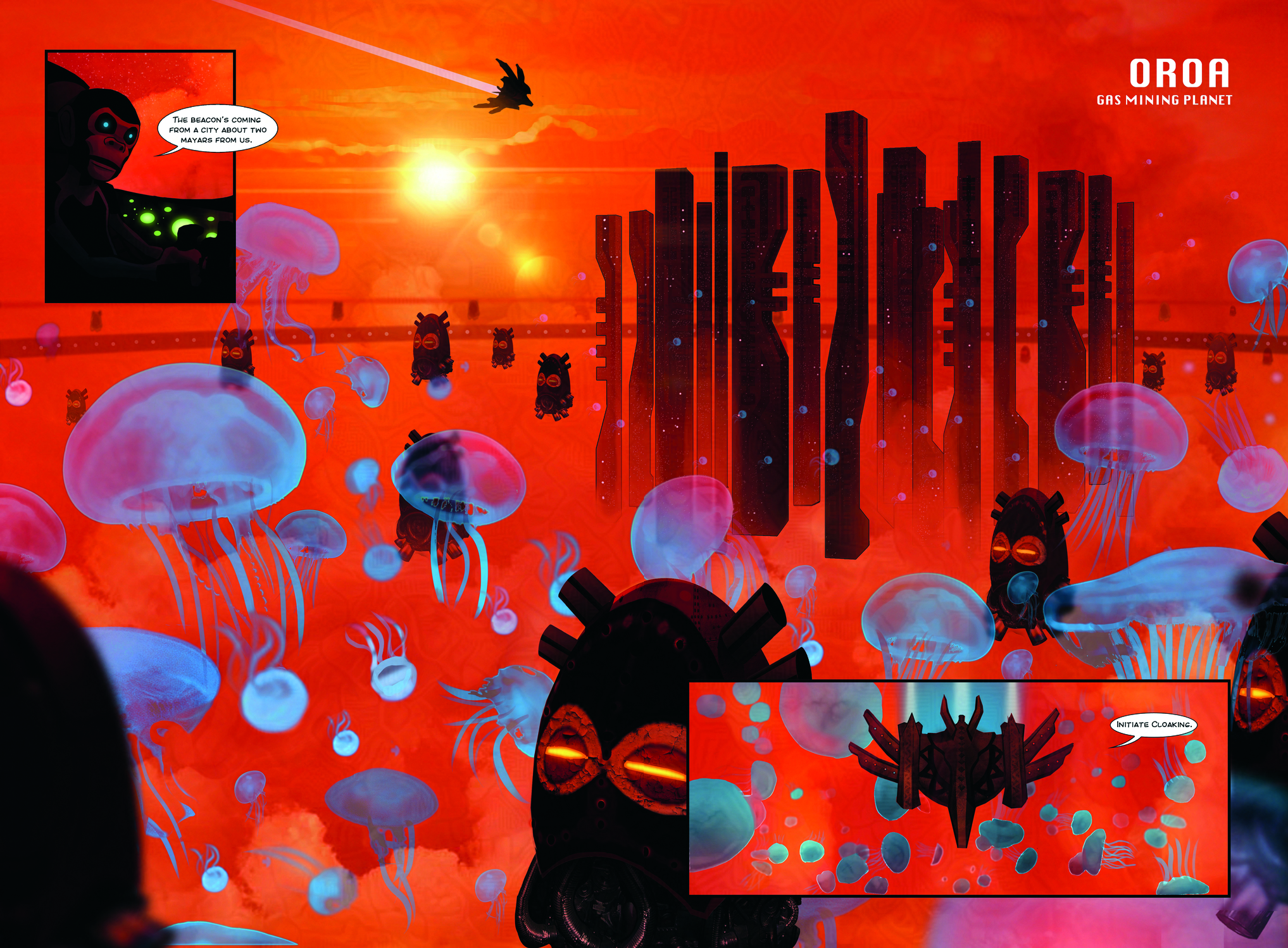
As a freelance comic artist who has worked for a number of African publishers, Yussuf Adeleye tells the same story: “What started as a small, tight-knit group of comic book enthusiasts has now rapidly developed into several massive communities.
“You can see this when you attend any one of the comic conventions such as Comic Con Ibadan (Oyo state, Nigeria), Comic Con Africa (Johannesburg, South Africa) or OtakuKon (Harare, Zimbabwe). Major conventions like these, along with the growing number of local publishers, have been instrumental in bringing African comic book fans together.”
The flourishing of the comic scene can be credited with providing a means for African artists and storytellers to reach other creative mediums and even larger audiences.
Daily design news, reviews, how-tos and more, as picked by the editors.
“In the next five to ten years, we’ll see more animated adaptations, gaming crossovers, and stronger industry backing,” says Gbenle Maverick, an artist who works for Kugali, the Nigerian-founded media company that collaborated with Disney to make Iwájú. “African comics are no longer emerging – they’re here, and they’re shaping the future of storytelling.”
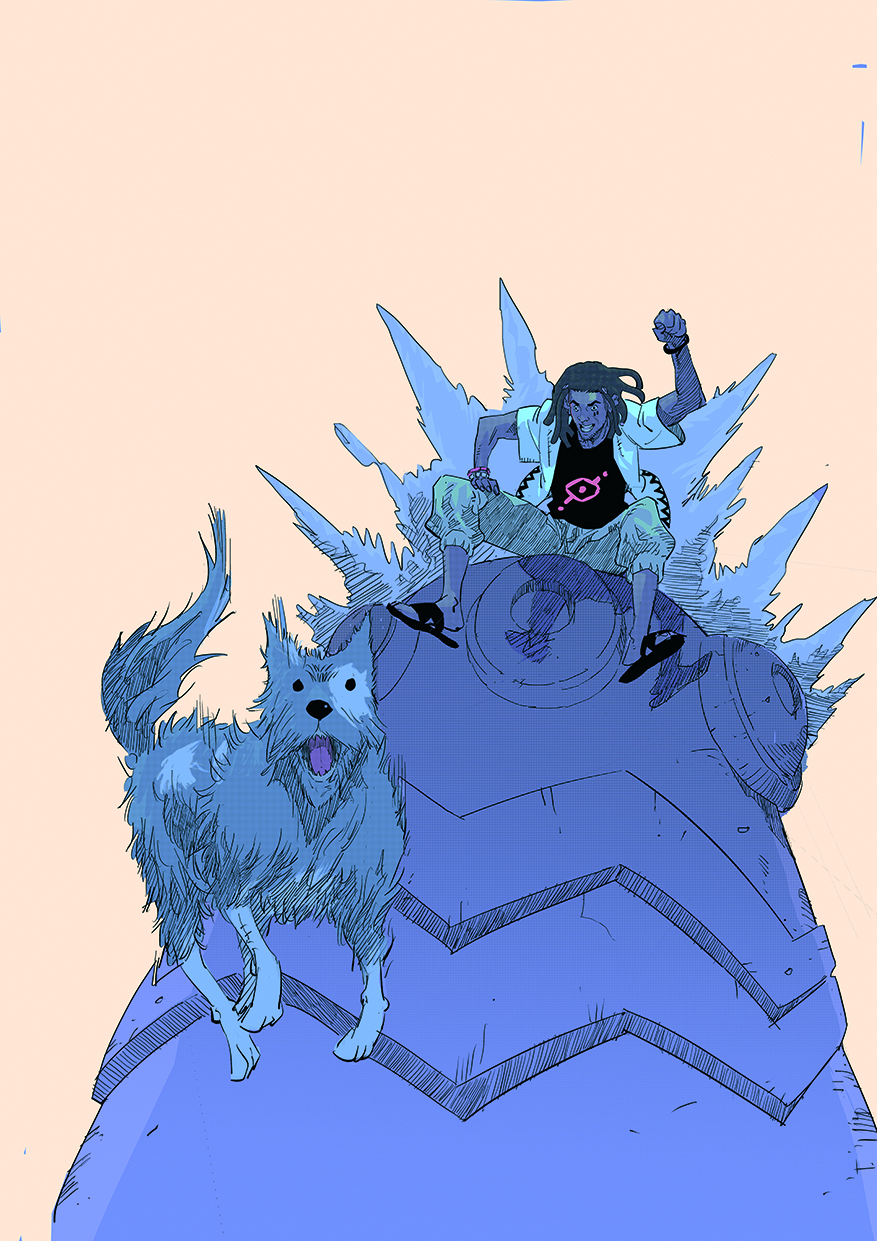
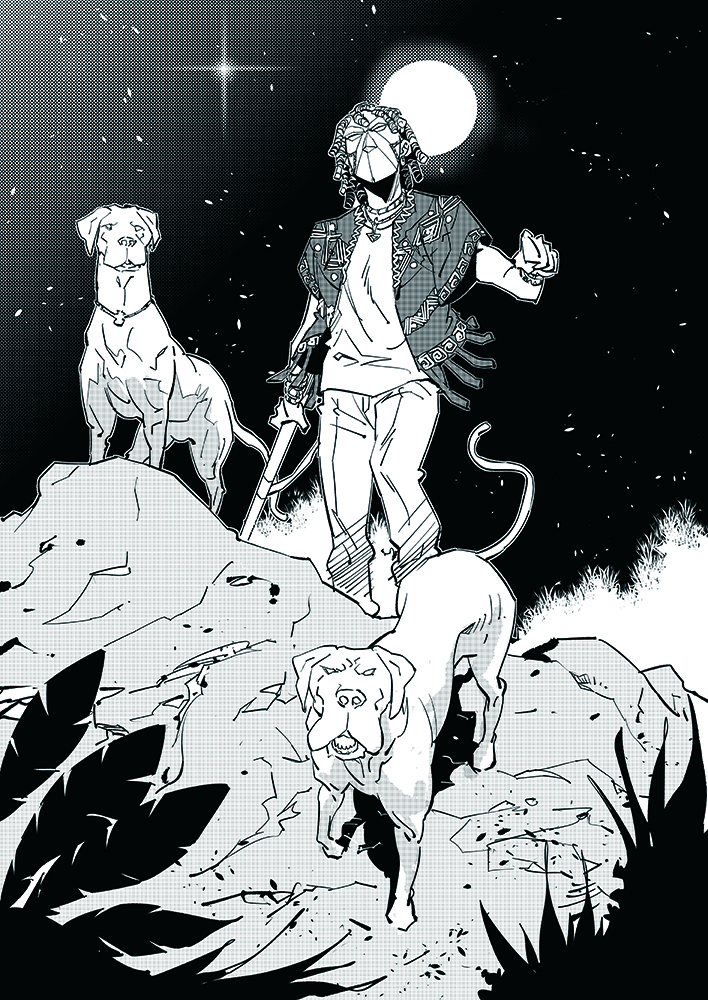
What’s exciting and distinctive about African comics is that they are based on a body of cultural material that hasn’t yet been translated into new mediums, and is unfamiliar to audiences outside of Africa.
The author and illustrator Cassandra Mark tells us: “Readers will find stories that feel new. Mythology that hasn’t been rehashed a thousand times. Heroes shaped by ancestry, tradition, and landscapes that breathe magic. African comics bring worlds that feel different.”
For both fans and creators, there’s a sense that the genre has reached a special moment in its history: it’s established, so lots of artists are active and engaged, but it’s also still new, so there remain huge swathes of untouched creative territory to be discovered and developed.
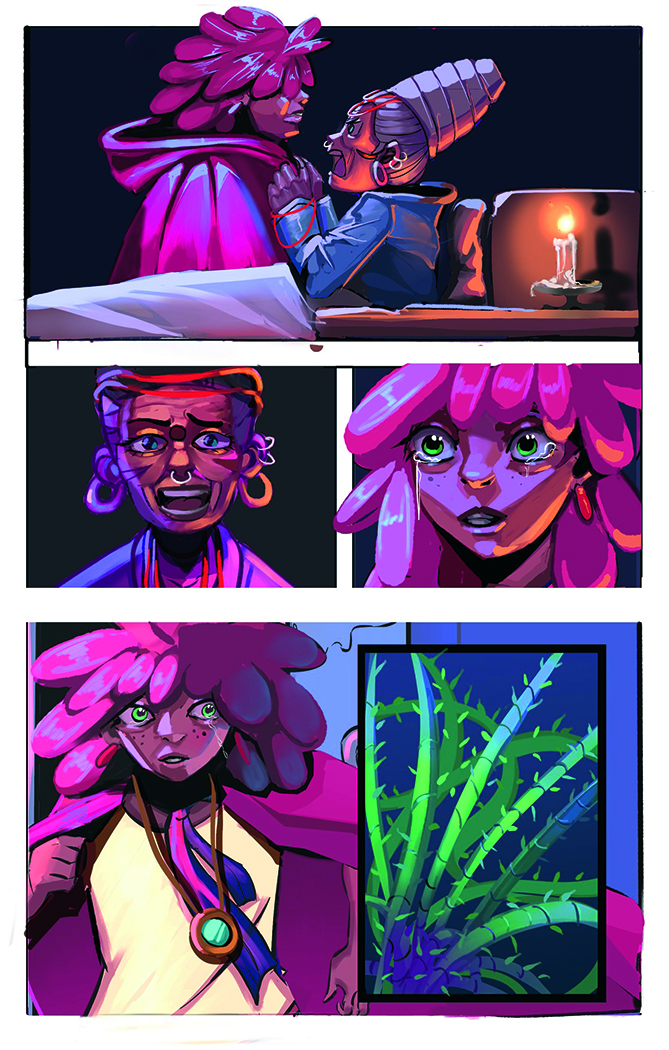
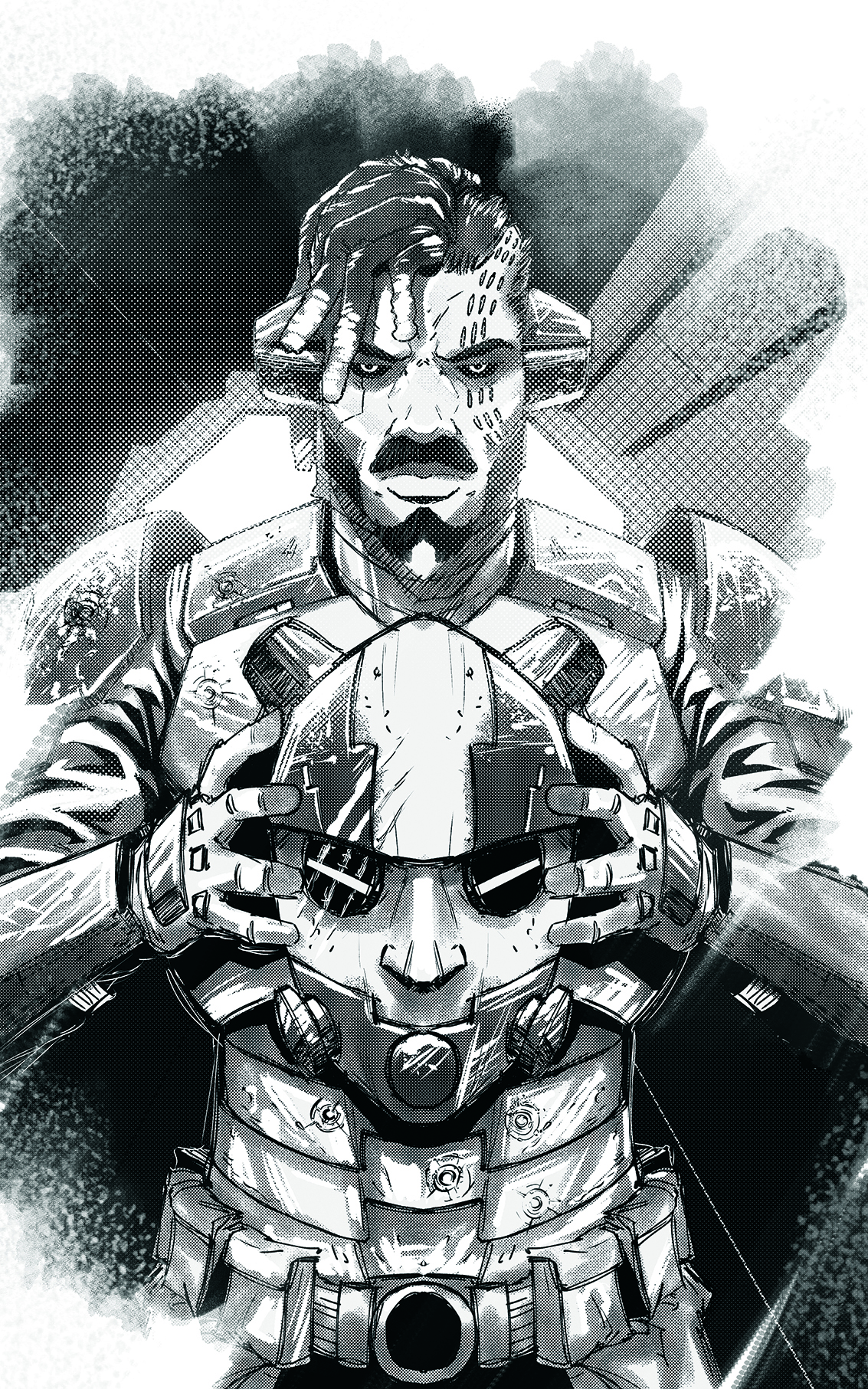

“I think because many Eastern and Western storytellers have found their voice – a prevalent style honed over decades – it has shaped the way that their stories are told,” says Tobe Max Jaeger Ezeogu, a creative director at the Nigerian publisher Comic Republic.
“Africa, however, is still in the process of discovering its artistic voice. We have a unique opportunity to witness the evolution of a new player in the field – one shaped by a vast tapestry of diverse social norms and cultural influences, a voice that has been silenced for too long and gone largely unheard within the creative space. Because of this, it feels like discovering another world, another galaxy or dimension, as it unfolds before our eyes.”
New stories Tobe has collaborated with his brother, illustrator Oz Ezeogu, on comic books such as the supernatural horror Eru, which is about an immortal entity of fear who has a day job lecturing at Nigeria’s University of Lagos.
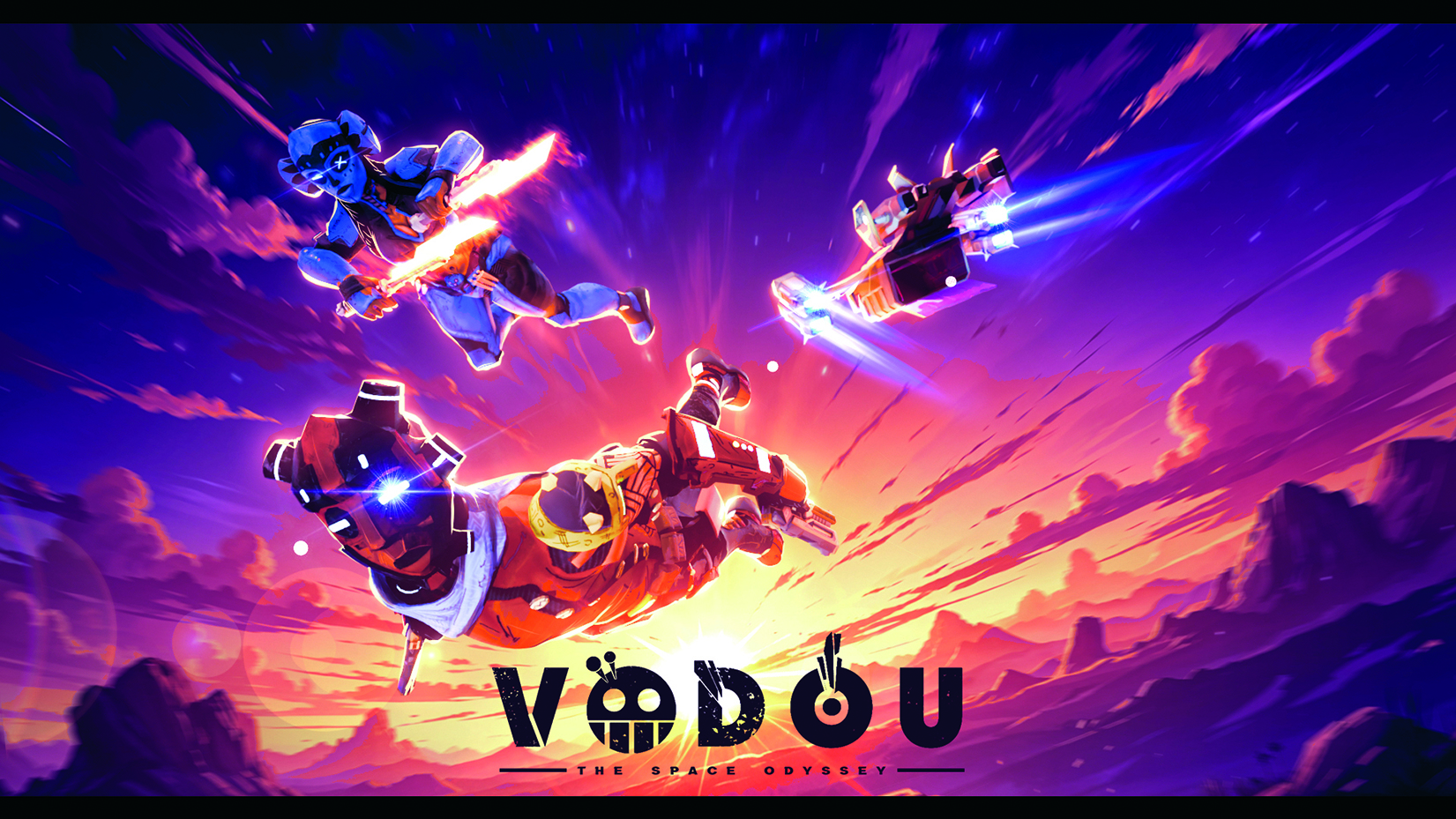
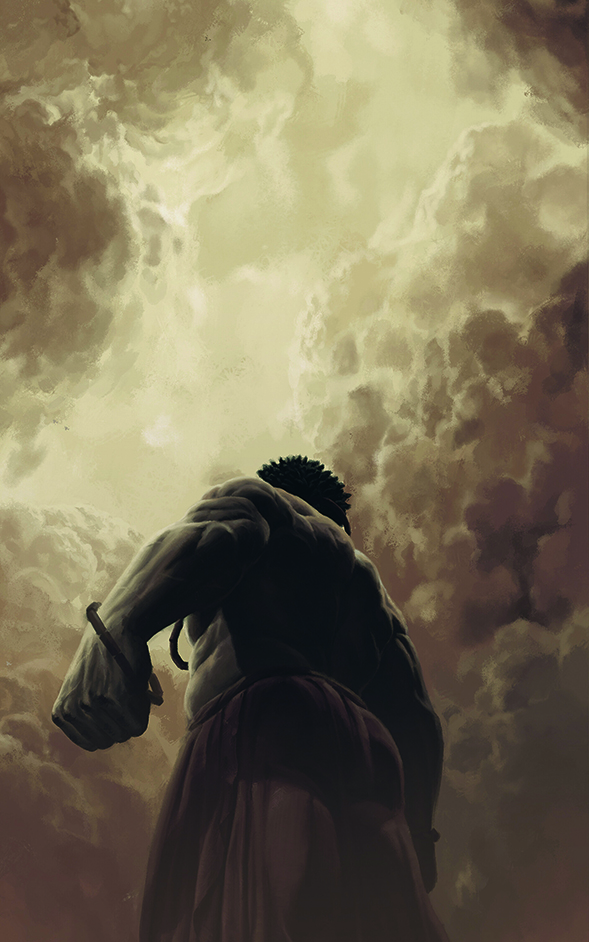
“African comics offer a unique interpretation of mythology and stories that reflects a different value system,” says Oz. “Since we’re at a point where the African storytelling dynamic is still being introduced to the world at large, there’s a vast well of untapped stories and different perspectives that bring a new way to tell these stories.
“You can see this in how the characters are developed. They’re largely tied to their community, ancestry, and social responsibility rather than just the individuals’ growth. Here, the hero’s journey in large part is usually shaped by the community.”
As well as a rich seam of traditional stories to take inspiration from, African culture also provides artists with an abundance of visual influences for their work. Oz continues: “One of the things that makes the African art style distinctive is the emphasis on representing African features authentically – whether it’s the hairstyles, the complexion, the facial structure, or clothing inspired by specific ethnic groups. There are also influences from masks and wooden carvings.
“An example would be using some of the patterns that we observe on traditional clothing to create shading patterns, or using traditional African masks to inspire facial expressions. These are things that a lot of artists outside Africa don’t get to live around or have as a direct source of inspiration for their artwork.”
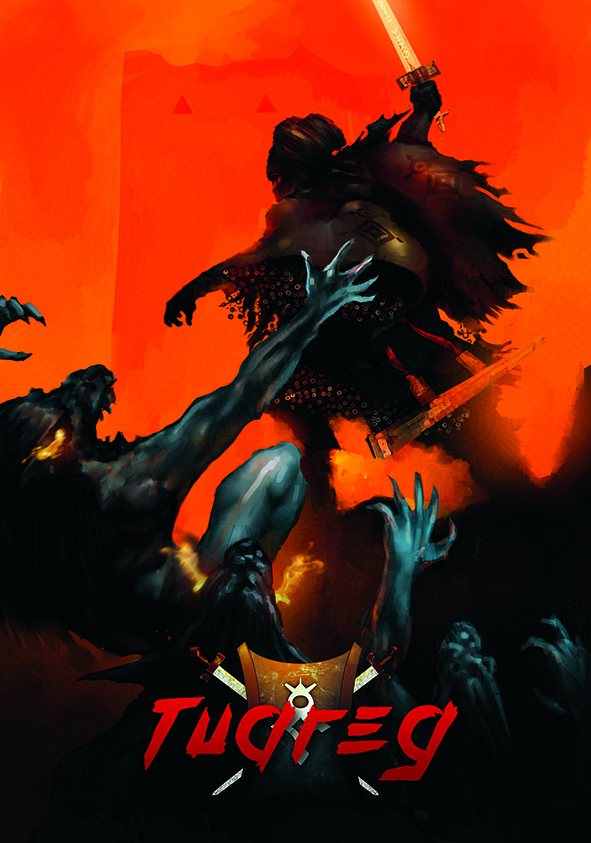
The fantastical element of the comic genre gives African creators a chance to explore alternative histories and consider how things might have unfolded without colonialism. Paul explains: “African comics give insight into the African imagination, which has been completely ignored since pre-colonial times. These rich and vivid fantasy stories are like a golden bridge for Africans to rebuild the heritage that was destroyed by colonialism and walk into a bright future that is integrally theirs.”
One of the dominant themes in African comics is Afrofuturism, where traditional, rural elements are interwoven with futuristic technology in a way that makes it appear as though the two things have evolved together organically. When Paul was building the universe for Yohance, he found that ancient African art lent itself quite naturally to being combined with more futuristic designs.
“I wanted the universe to be exclusively inspired by African cultures,” he explains. “The project evolved into an experiment to see how I could make Africa look futuristic without having to rely on any Western elements.
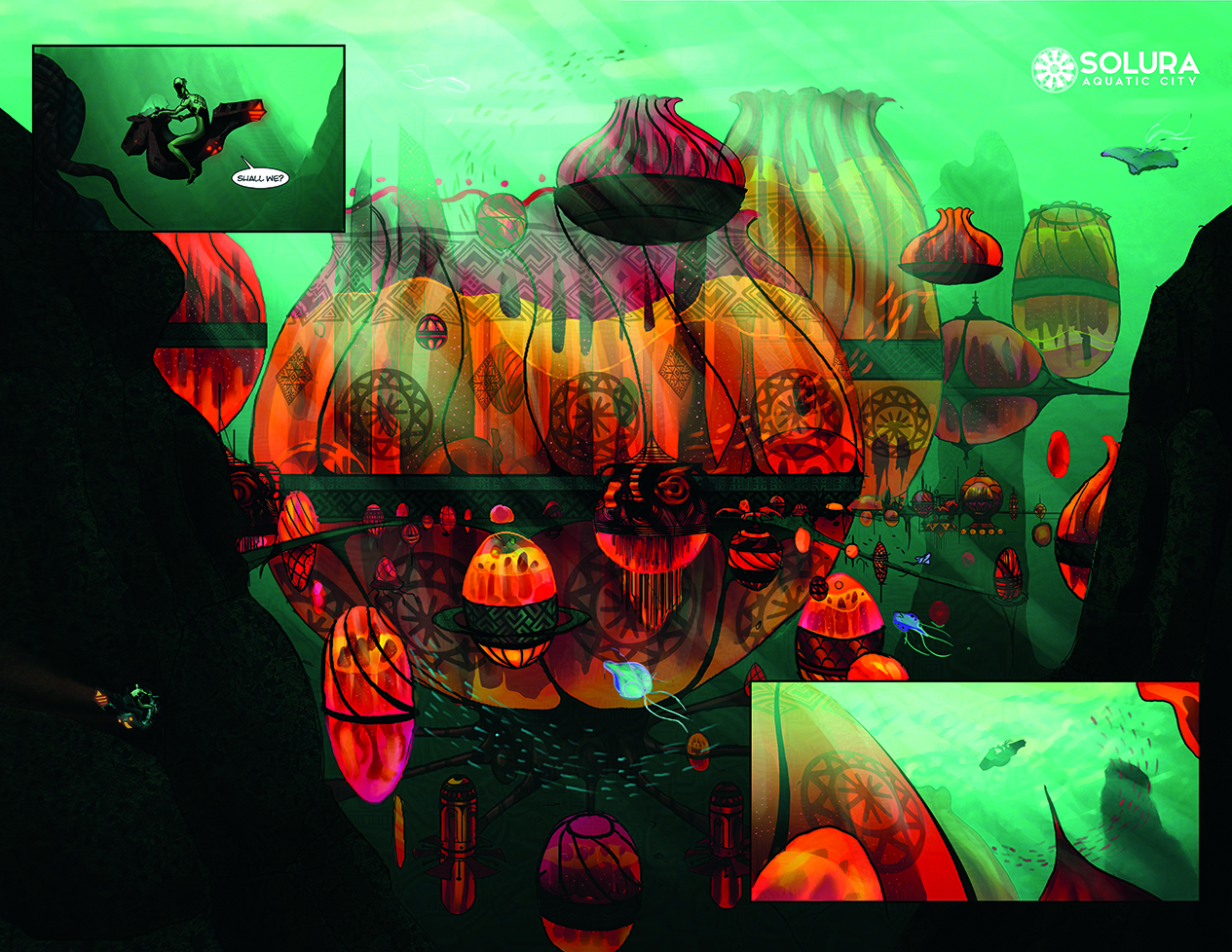
“The more that I dug into my research, the more I realised how complex and futuristic African art traditions were. I began to incorporate this into my designs as a way to simulate the artisans and designers of my ancestors. The result is Yohance. Every single element is derived from real African art.”
Paul explains that although art styles can vary widely between different countries in the continent, it’s fair to say that hyperstylised expression is a distinctive trait of African art styles.
“African art can appear simple, but upon closer inspection, there is so much detailed information that has been condensed into a swift and masterful shape,” he says. “If you want to understand African design, learn about fractals. Africans absorb the world around them and understand it in terms of patterns and rhythm. That’s all fractals are: repeated rhythms in nature. Once you understand that, you know how to summarise it. And once you know how to summarise what you see without losing detail, you can choose how much you want to say, and how you want to say it. That is the definition of style.”

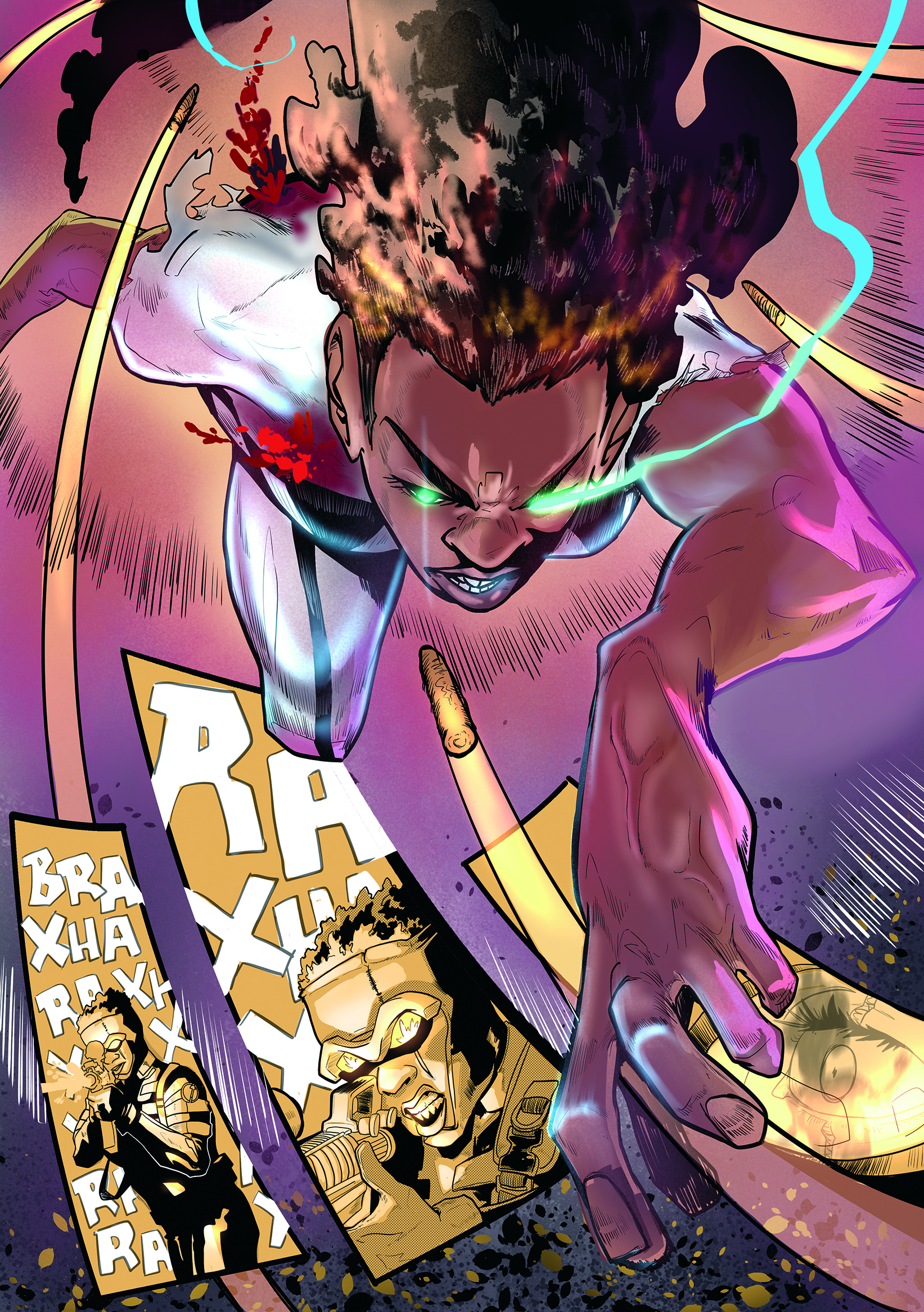
It should be noted that while African comics are inspired by aesthetics and themes particular to the region, African artists have also been immersed in Western media and are strongly influenced by it.
Bill Masuku, an editor at Kugali and storyboard artist on Iwájú, explains: “I’m Zimbabwean, so I pull from Southern African cultures, traditions, and spiritual practices while pushing my imagination beyond the limits of the Western pop culture and Japanese anime influences that I’ve consumed my whole life.”
Paul also tells us that he grew up on Star Wars. “That was a huge influence on the type of escapism I like to create. I also love the vivid use of lighting and shadows that you see from 80s and 90s aesthetics, such as those found in Blade Runner or The Fifth Element.”
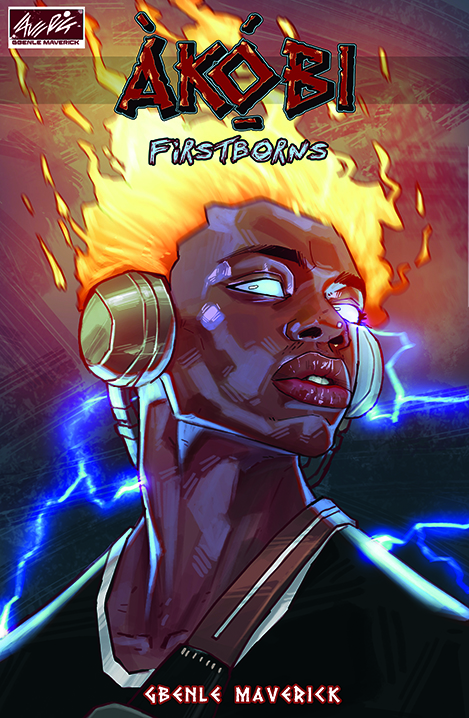
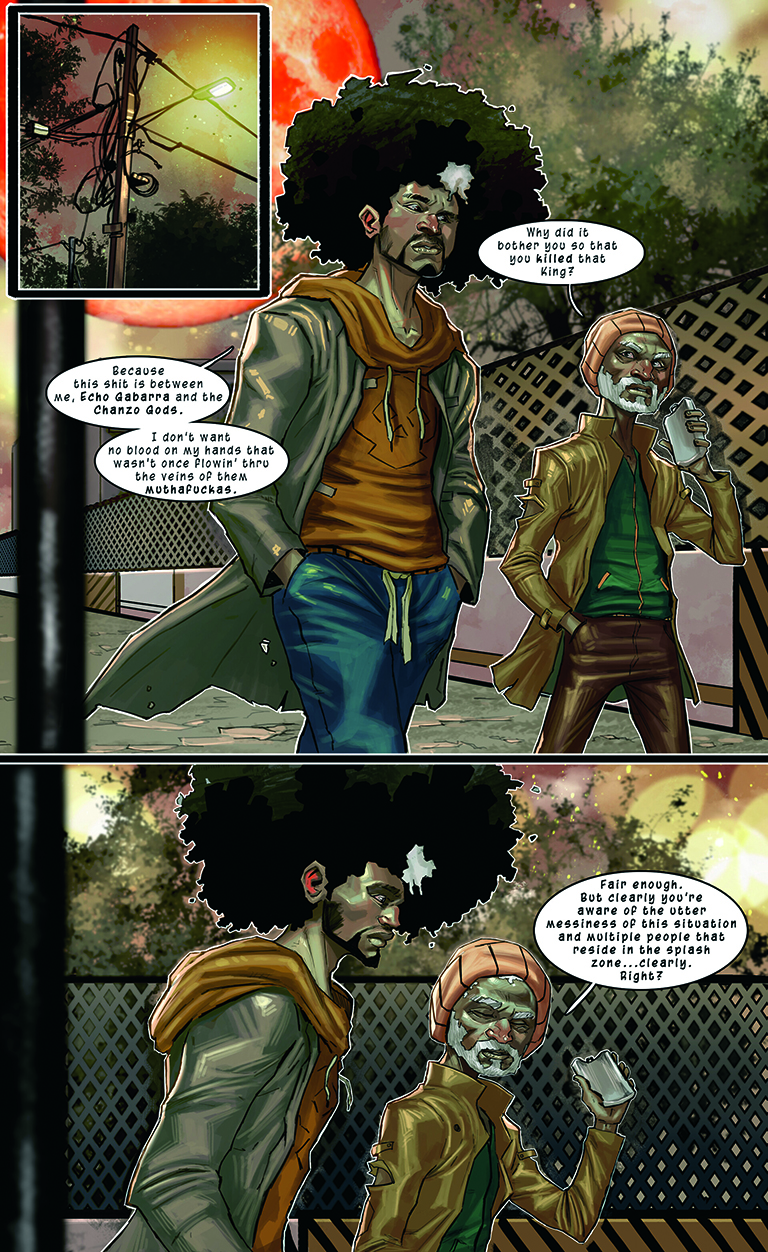
Bill says readers of African comics will find a window looking at African culture, history, and experience, “not from the lens of the outside looking in, but the inside looking deeper”.
And Gbenle says they are a show of pride. “African stories have the chance to resurrect forgotten legends and remind the world that black excellence isn’t new, it’s ancient. Magic for us isn’t fantasy, it’s history. Every panel is a rebellion against erasure, and a celebration of African culture.”
Creating a distinctive comic style
Adedayo Erivic talks about devising his Afroblot pattern

What are the distinguishing features of African comics?
Erivic: African comics aren’t just trying to entertain. They’re trying to retell the African story properly and redefine what history has said about the African people.
What is Afroblot?
Erivic: Afroblot draws from several old comic books from different regions in Africa. It’s a pattern of comic book making that uses the colours black, white, grey, and red, a stylised panelling, and a different serialisation. I developed it as a response to the production and distribution issues restricting the growth of African comics. Afroblot can potentially give African comics a distinct identity, andthe use of the pattern is slowly growing in the Nigerian comic book space.
Can you tell us about your approach to Afrofuturism?
Erivic: I’m not more of an Afrofuturistic creator yet, as I believe our rich, regal past hasn’t been properly told in stories. We need to know our past to project well for the future. With Afrofuturistic worldbuilding, designs, and stories, I’m not fixated on the buildings or tech; I’m inclined to stories of a society where people have better leaders and youths can properly harness their potential. This way, we can make sense of the advanced technology, architecture, and music without painting a picture of an unrealistic utopia.
This content originally appeared in ImagineFX magazine, the world's leading digital art and fantasy art magazine. ImagineFX is on sale in the UK, Europe, United States, Canada, Australia and more. Limited numbers of ImagineFX print editions are available for delivery from our online store (the shipping costs are included in all prices).

Tanya is a writer covering art, design, and visual effects. She has 16 years of experience as a magazine journalist and has written for numerous publications including ImagineFX, 3D World, 3D Artist, Computer Arts, net magazine, and Creative Bloq. For Creative Bloq, she mostly writes about digital art and VFX.
You must confirm your public display name before commenting
Please logout and then login again, you will then be prompted to enter your display name.
